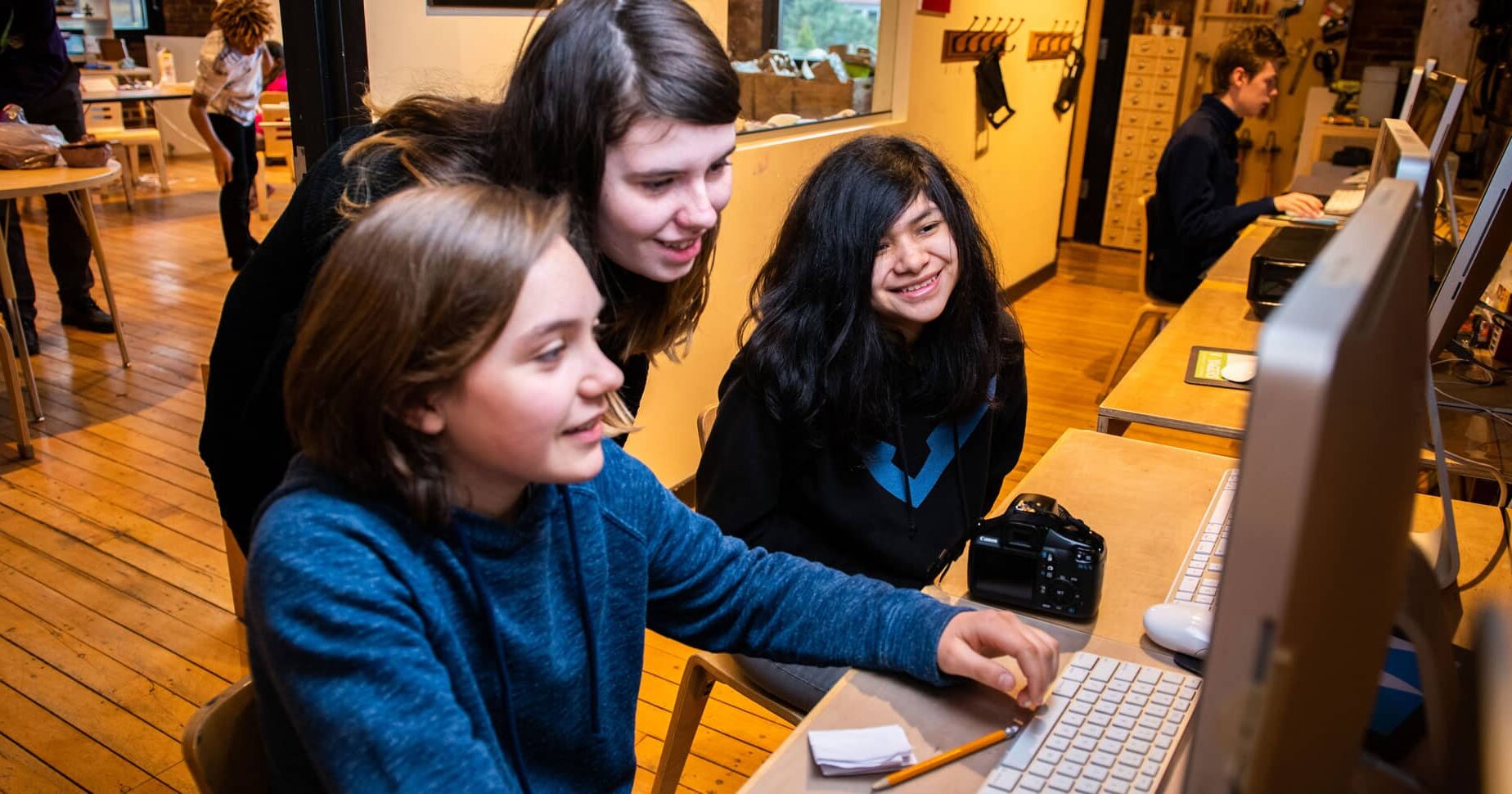
In a world increasingly shaped by artificial intelligence (AI), teaching children AI literacy is no longer a luxury—it’s a necessity. Teaching AI literacy isn’t just about understanding how chatbots work or coding rudimentary AI programs. It’s about teaching children to think critically, adapt to change, and navigate the systems that shape their daily lives. And this moment—marked by global shifts in technology, politics, and culture—is the perfect time to integrate AI literacy into real-world learning.
A Call for Relevant, Real-World Education
Most schools in the United States and abroad fail to teach the skills that matter most. The focus often remains on rote memorization and standardized tests, while the real lessons—like critical thinking, adaptability, and understanding systems—go untaught. Teaching AI literacy isn’t about creating another layer of fake lessons or worksheets. It’s about engaging with the world as it unfolds.
Moments like the rise of generative AI, shifts in global politics, and conversations about ethics and equity provide ideal opportunities to teach children how to navigate their complex realities. This isn’t theoretical—it’s about how children process information, solve problems when the rules change, and understand the systems shaping their futures.
Why AI Literacy Matters
-
Critical Thinking About Information
Children are constantly bombarded with information, much of it curated or manipulated by algorithms. AI literacy helps them ask crucial questions: Who created this content? What biases might it contain? What evidence supports it? Teaching children to think critically about what they consume fosters informed decision-making and guards against misinformation.
-
Adapting to Change
AI is a disruptive force. Algorithms evolve, technologies replace old systems, and the rules often change. When the ground shifts beneath them, children must learn to problem-solve and innovate. For example, when a favorite social platform introduces AI-driven content moderation, what does that mean for free expression? How do they respond when new AI tools reshape their education or future workplaces?
-
Understanding Systems
From Instagram’s algorithm to global political diplomacy, systems shape daily life. Teaching children how AI powers these systems—from social media feeds to supply chains—empowers them to recognize its influence and engage with it responsibly. It’s about moving from being passive consumers of technology to active participants in shaping its future.
Learning Through Engagement, Not Worksheets
Just as banning cell phones in schools doesn’t reduce kids’ reliance, reducing AI literacy to downloadable resources or scripted lessons misses the point. Real learning happens in real-world engagement.
At Voygers’ Community School, teachable moments abound:
-
Algorithms in Action
Discuss how Netflix recommends their favorite shows or how social media platforms prioritize certain content.
-
AI and Ethics
Debate real-world scenarios, like whether AI should be used to monitor student behavior or the role of AI in job interviews.
-
Creative Problem-Solving
Use AI tools to solve meaningful problems—like creating helpful tools, developing a solution to a community issue, or designing a simple game.
These experiences help children see AI not as an abstract concept but as an integral part of their world.
Questions to Shape the Future
The most valuable lessons come from asking the right questions:
- How do children think critically about the information they encounter?
- How do they adapt and problem-solve when the rules change?
- How do they understand and navigate the systems shaping their daily lives?
By framing education around these questions, we prepare children to not only survive but thrive in a rapidly evolving world.
The Role of Educators and Parents
Educators and parents play a crucial role in making AI literacy accessible and engaging. Rather than shielding children from AI, they can use it as a tool for exploration and learning. Discussing current events, demonstrating how AI systems work, and encouraging curiosity will foster the skills children need to navigate the future confidently.
A Transformative Moment
The rise of AI offers a transformative opportunity in education. By shifting the focus to real-world engagement, critical thinking, and adaptability, we can prepare children for a future where AI will be omnipresent. AI literacy is not a set of skills to check off—it’s a mindset, a way of interacting with the world. Let’s embrace this moment to teach our children how to use AI and understand and shape the systems that will define their lives. Then let’s go out and play!
Resources
Here are a few sites parents and teachers might find interesting.